38 renewable resources vs nonrenewable resources
U.S. energy facts explained - Energy Information Administration Renewable energy production and consumption both reached record highs of about 12.32 and 12.16 quads, respectively, in 2021, driven mainly by record-high solar and wind energy production. Hydroelectric power production in 2021 was about 9% lower than in 2020 and about 19% lower than the 50-year average. Renewable Vs. Nonrenewable Energy Resources | Sciencing Jun 27, 2018 · Renewable energies generate from natural sources that can be replaced over a relatively short time scale. Examples of renewable energies include solar, wind, hydro, geothermal and biomass. Nonrenewable energies come from resources that are not replaced or are replaced only slowly.
Renewable and Nonrenewable Resources: What’s the Difference? Apr 10, 2023 · Renewable resources have several advantages, including sustainability and being a cleaner alternative to non-renewable resources. However, they do have challenges, such as being unreliable. Non-renewable resources have advantages, but their limited availability makes it necessary to use them wisely and find alternatives.

Renewable resources vs nonrenewable resources
Difference between Renewable and Non-renewable Resources - BYJU'S Renewable resources include sunlight, water, wind and also geothermal sources such as hot ... 6.27: Renewable and Nonrenewable Resources - Biology LibreTexts Renewable resources can be replaced by natural processes as quickly as humans use them. Examples include sunlight and wind. Nonrenewable resources exist in fixed amounts. They can be used up. Examples include fossil fuels such as coal. Renewable and Nonrenewable Resources - Penn State Extension Jun 23, 2006 · There are two types of natural resources. The first are renewable natural resources. They are called renewable because they can grow again or never run out. The second are called nonrenewable natural resources. These are things that can run out or be used up. They usually come from the ground. Renewable natural resources
Renewable resources vs nonrenewable resources. Nonrenewable Resources - National Geographic Society May 20, 2022 · Renewable and nonrenewable resources are energy sources that human society uses to function on a daily basis. The difference between these two types of resources is that renewable resources can naturally replenish themselves while nonrenewable resources cannot. This means that nonrenewable resources are limited in supply and cannot be used ... Renewable vs Nonrenewable Resources - Clean Energy Ideas Jul 6, 2019 · Renewable energy sources include solar, wind, geothermal, hydro, and biomass. Together, they offer many benefits over nonrenewable alternatives such as coal, oil, and gas. We will now take a look at each of the main benefits. 1. Renewables Are Better For The Environment Renewables are much better for the environment than nonrenewable alternatives. Renewable vs. Nonrenewable Resources - Curriculum Resources ... Natural resources can be grouped into two groups: renewable and non-renewable. Renewable resources will naturally replenish themselves over time, like wind, solar, plants, trees, etc. Non-renewable will be gone forever once used, like coal, fuel, etc. Understanding the difference is key to managing natural resources for the future. Resources Renewable –vs- Nonrenewable Resources Nonrenewable Resources • Renewable = can be replenished fairly easily – Renewable Energy = Derived from resources like the sun and wind, that can easily be replenished • Non‐renewable = can not be replenished (or at least not in our life time) – Non‐renewable Energy = energy sources like coal
Renewable and Nonrenewable Resources - Penn State Extension Jun 23, 2006 · There are two types of natural resources. The first are renewable natural resources. They are called renewable because they can grow again or never run out. The second are called nonrenewable natural resources. These are things that can run out or be used up. They usually come from the ground. Renewable natural resources 6.27: Renewable and Nonrenewable Resources - Biology LibreTexts Renewable resources can be replaced by natural processes as quickly as humans use them. Examples include sunlight and wind. Nonrenewable resources exist in fixed amounts. They can be used up. Examples include fossil fuels such as coal. Difference between Renewable and Non-renewable Resources - BYJU'S Renewable resources include sunlight, water, wind and also geothermal sources such as hot ...
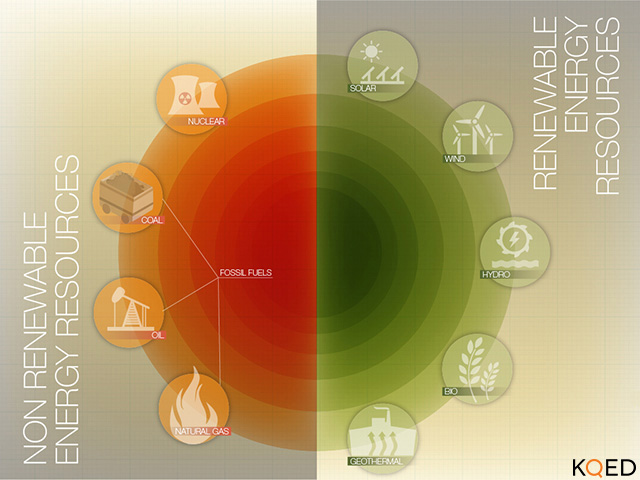

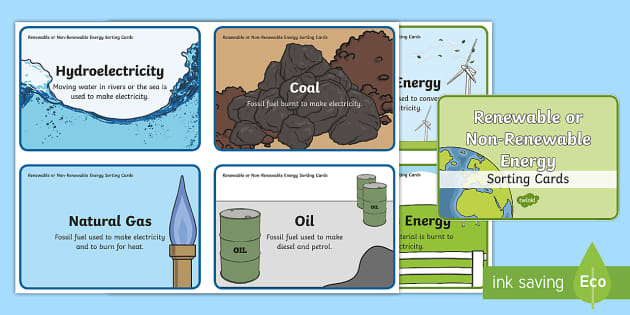
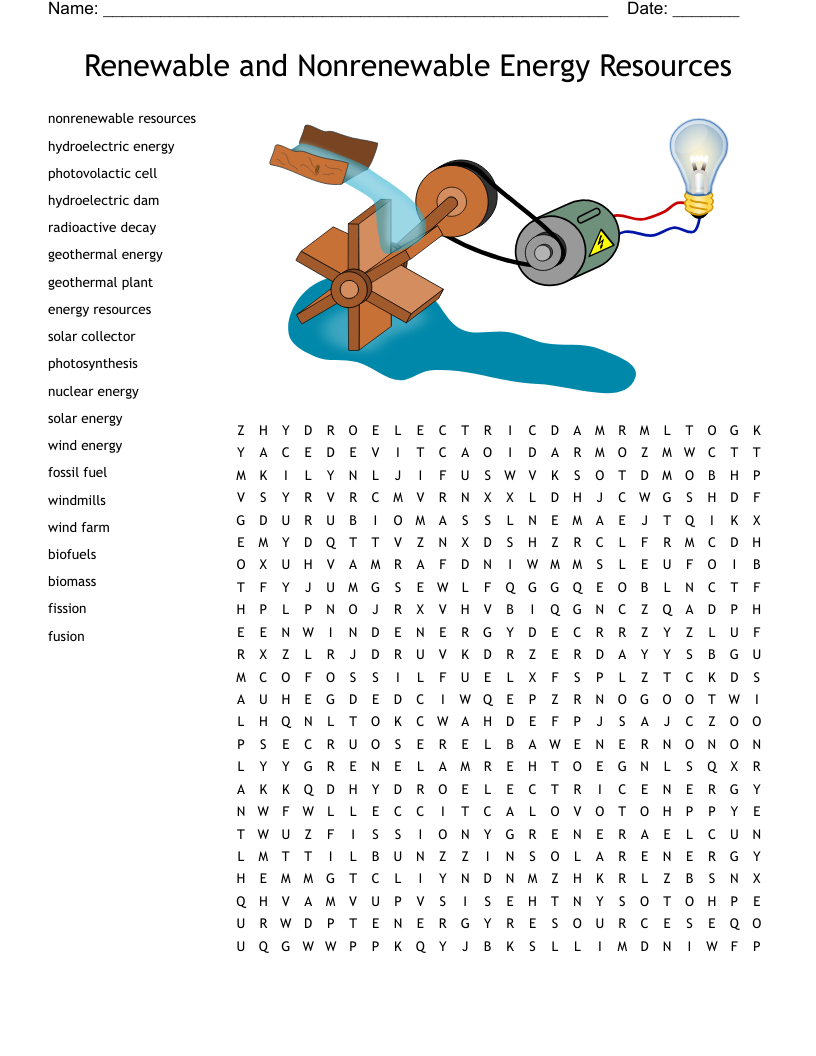
:max_bytes(150000):strip_icc()/nonrenewableresource--45c79b3da26d4bd0bf7e7ee1ad82c4a5.jpg)

:max_bytes(150000):strip_icc()/Renewable-resource-2c5367de2f4a4a98b1838a78f3ba6790.jpg)


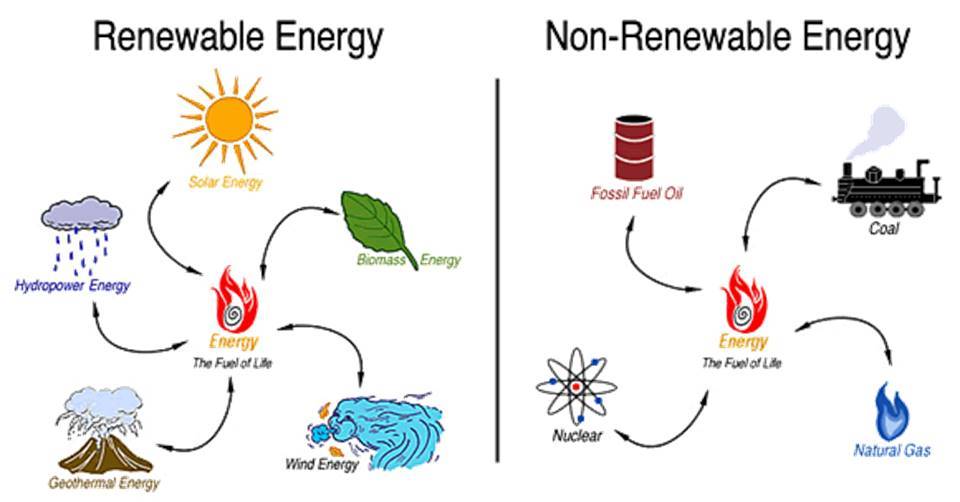
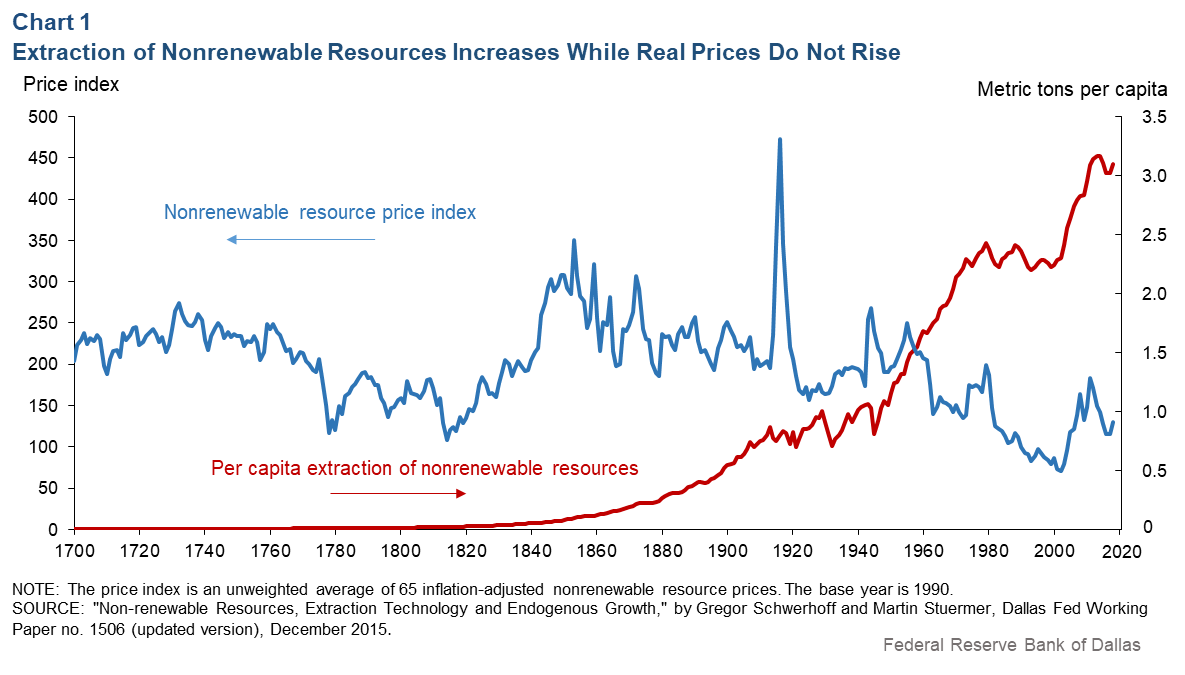
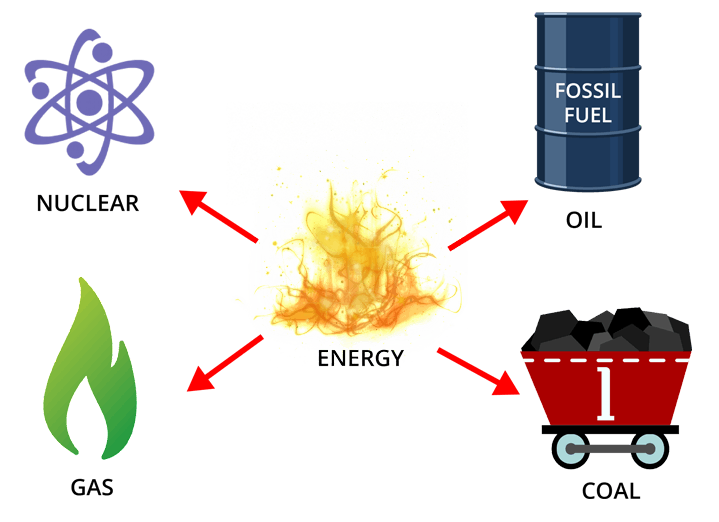


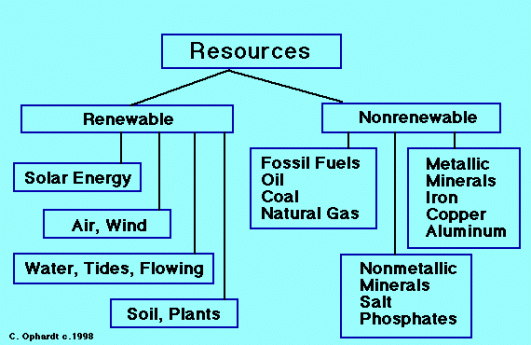
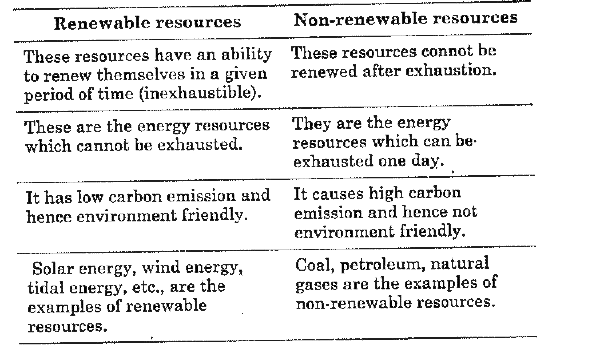


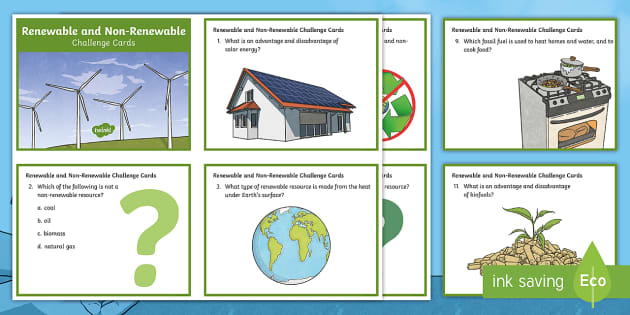

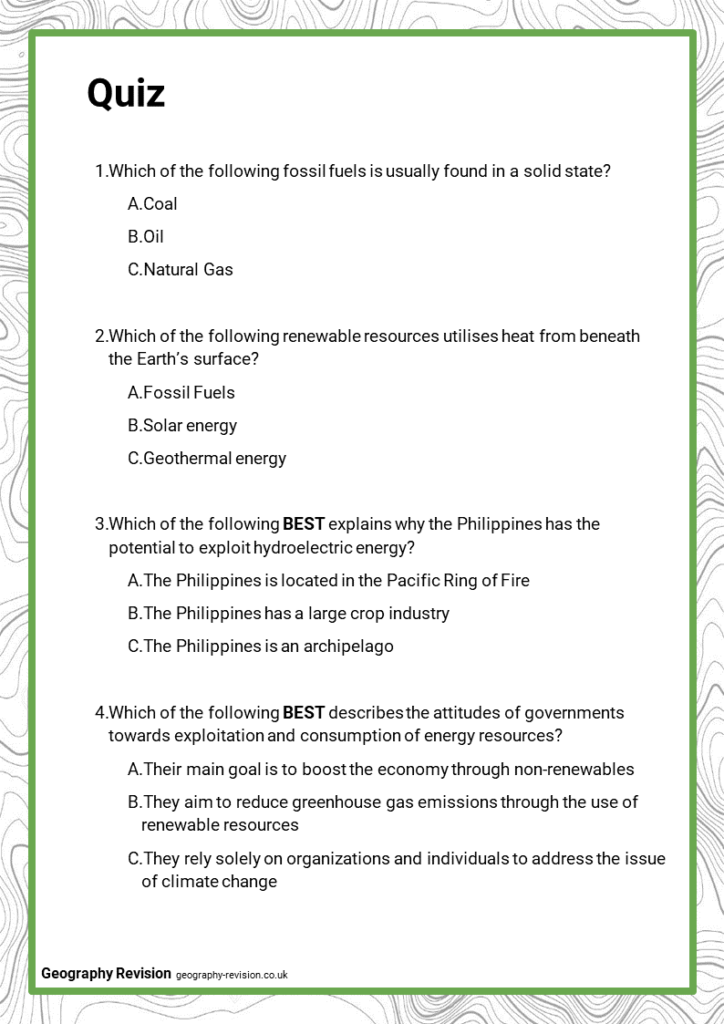
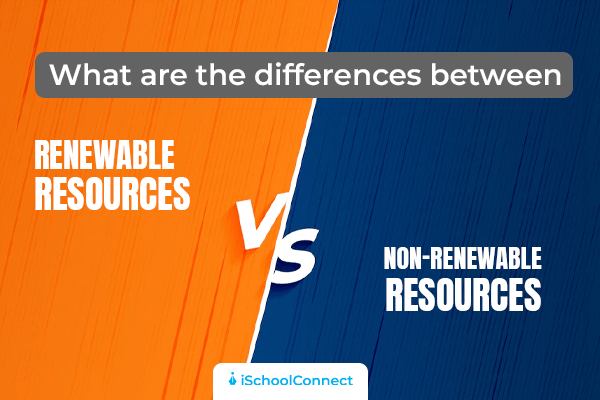



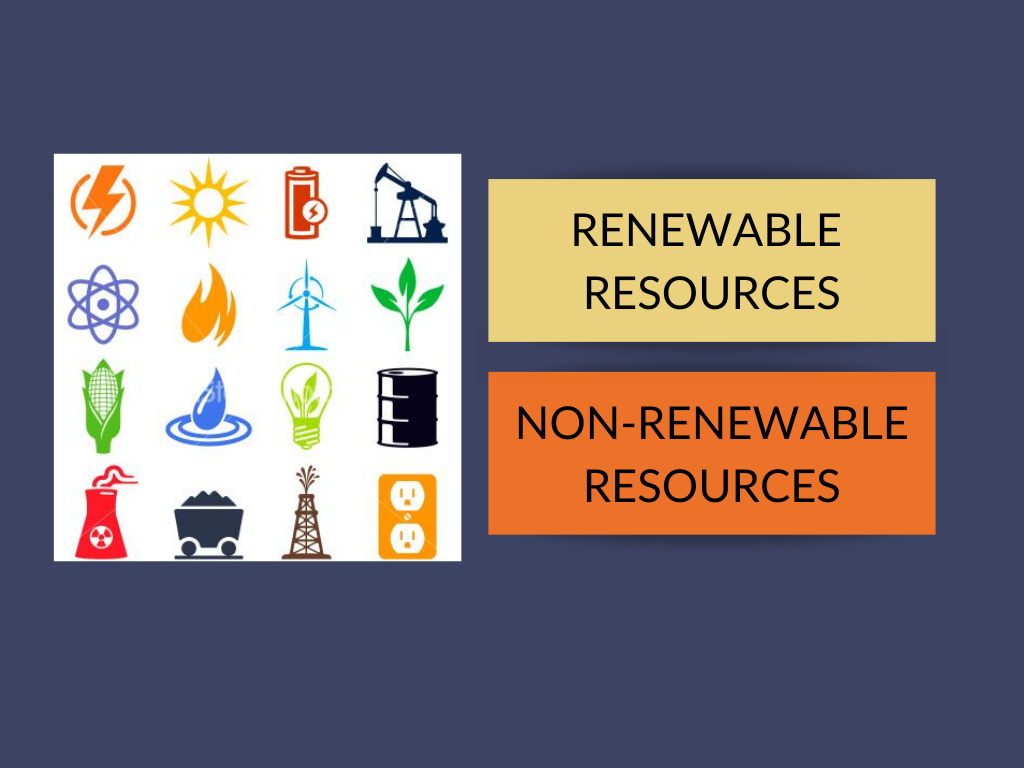


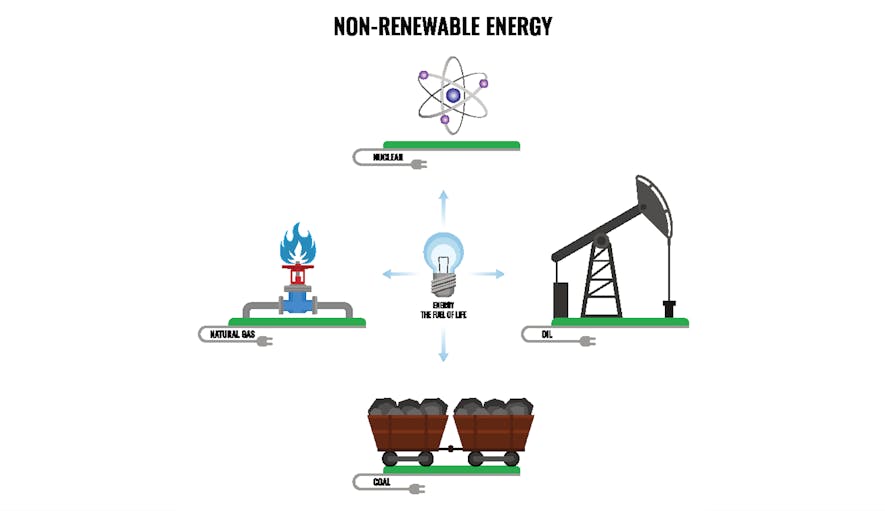


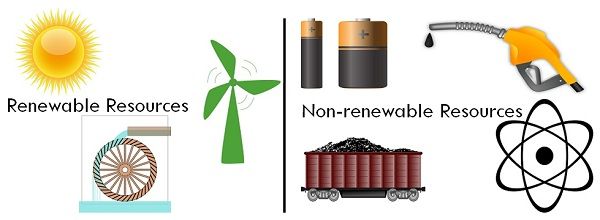


0 Response to "38 renewable resources vs nonrenewable resources"
Post a Comment